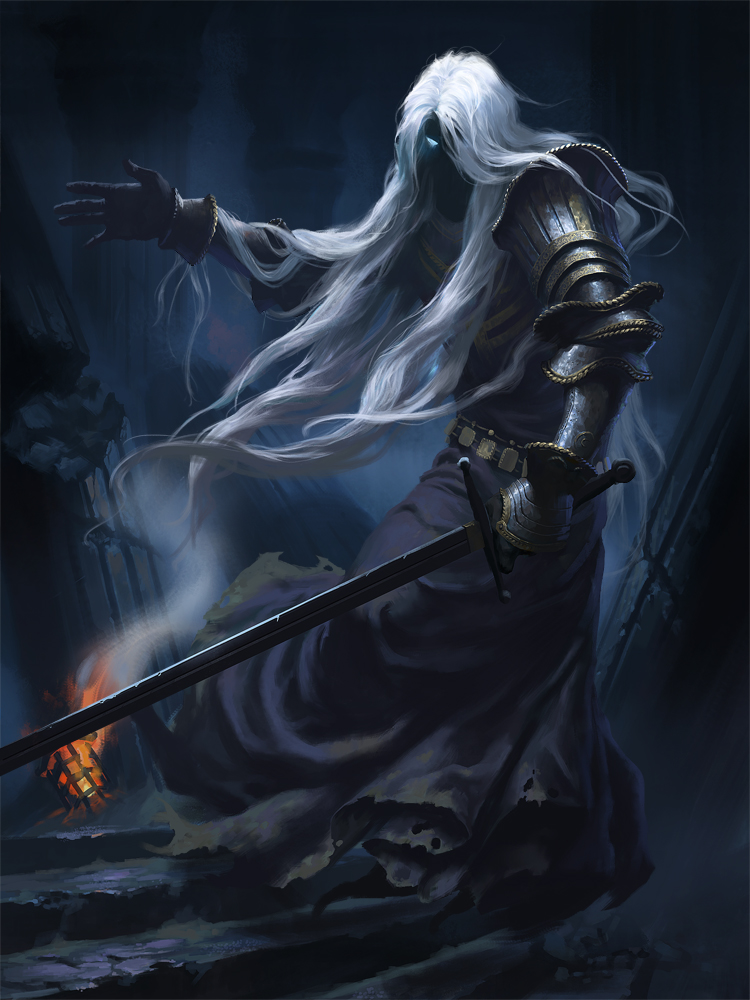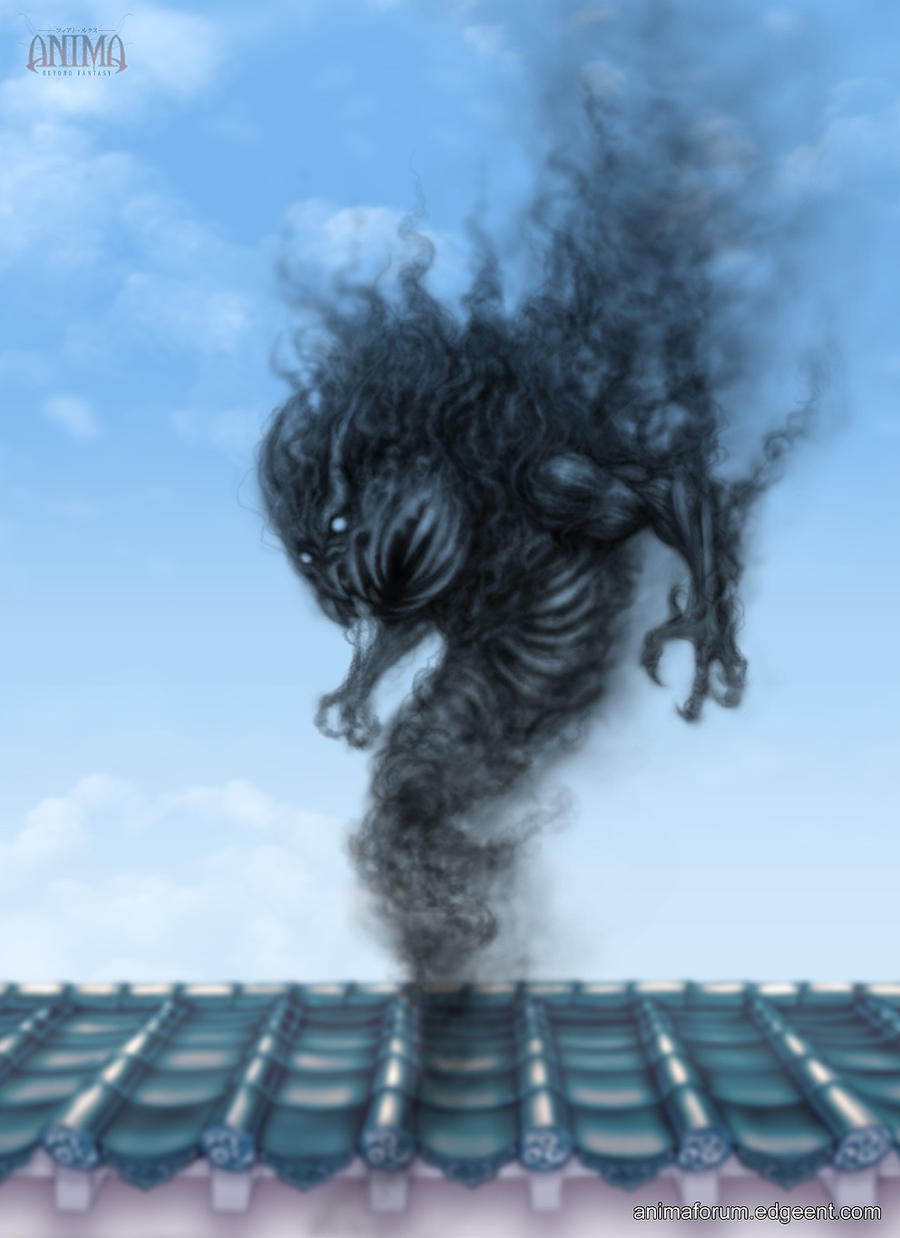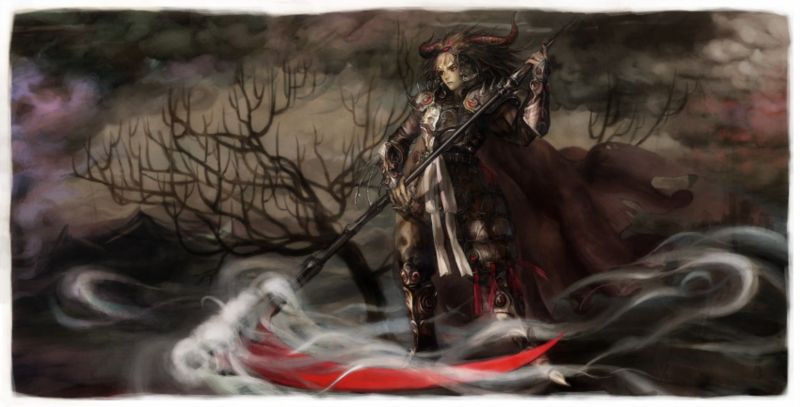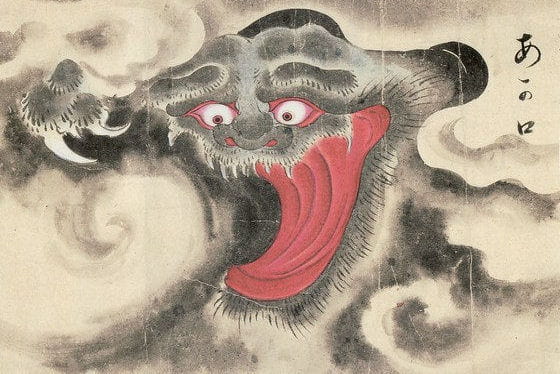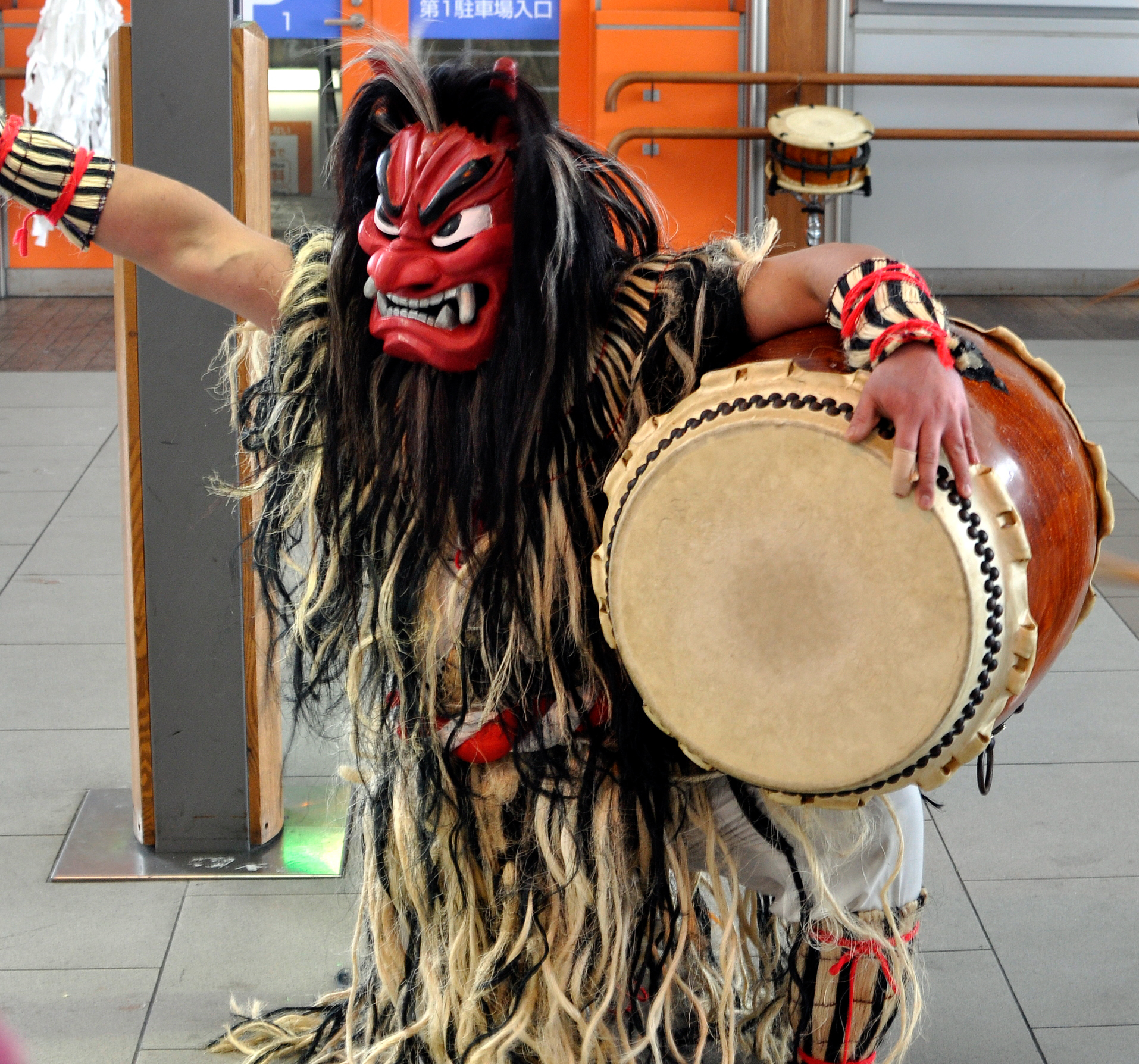Turėjau svajonę savo Ivu (73,5 cm Loong Soul vaikiną) aprengti tikrais samurajaus šarvais!
Ta proga nusipirkau eBay
Vintage Japanese Samurai Yoroi Armor with Box. Šie šarvai paprastai yra1:3 (ar 1:4) skalės ir naudojami kaip kambario puošmena Berniukų pagerbimo šventės metu. Tikra sumažinta autentiškų šarvų kopija. Made in Japan completely.
Jau spėjau juos pademonstruoti merginoms, kurios svečiavosi pas mane praeitą kimono workshopą. Ir spėjau visoms paverkti ant peties, kad šarvai lėlei netinka, per dideli. Dabar reikės juos parduoti, nes tokios cackos dulkėms rinkti man nereikia. Nors atrodo jie stulbinančiai - tikri japoniški, padaryti su didžiausiu tikslumu ir išpuošti kuo prabangiausiai - bet jei netinka mano kilmingajam Ivu/Ivaki sama, tai man jų visai nereikia. Ir visi mane suprato, ir pritariamai linkčiojo, ir guodė mane. Šniurkšt. Dėkui, merginos.
Tai va. Prieš galutinai atsisveikindama su šarvais ir prieš išstatydama į eBay pardavimui, nutariau jais paskutinį kartą pasidžiaugti ir su lėle palyginti. Atsinešiau Ivu, viską išstačiau ant stalo. Pradėjau dėlioti, matuoti, taikyti.
Na, kokia durna mano galva buvo. Kur mano protas buvo pasidėjęs? Kodėl aš anksčiau šito nepadariau? Ir kaip gerai, kad aš vis dėlto tai padariau!
Taigi tinka tie šarvai kuo puikiausiai!!!!! IDEALIAI!!!!! Šalmas ir veido kaukė užsideda kaip tik. Geriau ir būti negali. Visi detalių ilgiai - ir rankovės ilgis, ir talijos vieta, ir pačio šarvo ilgis - tinka kuo puikiausiai. Sutinku, kad krūtinės dalis per plati. Tai ir sudarė įspūdį, kad šarvai gerokai per dideli. Betgi šitai galima pataisyti! Juk man nereikia tų šarvų išsaugoti ir nieko nekeisti. Man reikia juos Ivu samai pritaikyti. Ir tai galima padaryti!
Nežiūrint savo "virš 50" klykavau ir šokinėjau po kambarį. Iš džiaugsmo. Ivaki sama bus! Samurajus su šarvais bus!
Na, liko tik mažas klausimas - o kokiu gi ONI bus mano samurajus su šarvais?
Yra pasiūlymų?
Tai va. Noriu su jumis savo džiaugsmu pasidalinti.

